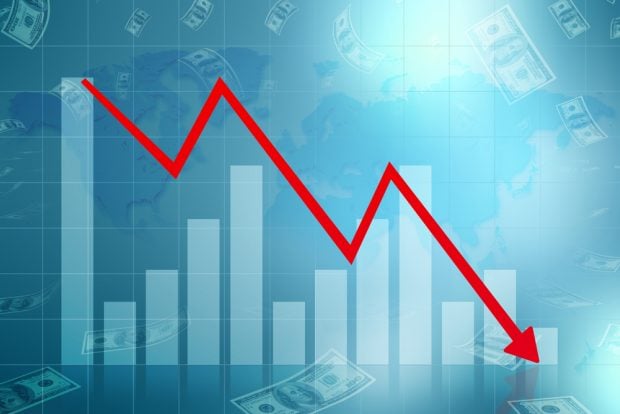 Student Loans
Student Loans
President Donald Trump’s plan to resume collections on student loans means the federal government will step back into its first place in line for payments from the millions of borrowers in default.
Jason Stverak, chief advocacy officer for the Defense Credit Union Council (DCUC), said Wednesday the result might be more members falling behind in payments on other loans, and further hobbling their ability to borrow for other needs.
Recommended For You
“Borrowers facing renewed collection efforts may experience increased financial strain, which naturally could lead to higher delinquency rates on consumer loans and mortgages,” Stverak said. “Obviously, this could adversely affect borrowers’ credit scores and limit their ability to qualify for new credit or refinance existing obligations.”
“Credit unions may choose to preemptively increase their loan loss reserves in anticipation of potential credit impact,” he said. “Additionally, when any lender assesses the full scope of an applicant’s financial obligations — including any past defaults—it inevitably influences underwriting decisions.”
Mike Pierce, director of the Student Borrower Protection Center, said federal law is designed to give borrowers a way out of default and the right to make loan payments they can afford. But since February, the Trump administration and the U.S. Department of Education have blocked affordable student loan payments by removing the Income-Driven Repayment (IDR) and consolidation application and secretly ordering student loan servicers to halt all application processing.
“Donald Trump and [Secretary of Education] Linda McMahon have blocked these borrowers’ path out of default and are now feeding them into the maw of the government debt collection machine,” Pierce said. “This is cruel, unnecessary and will further fan the flames of economic chaos for working families across this country.”
A lawyer who represents lenders said they need to prepare to help borrowers navigate repayment options and revise underwriting to ensure it “accounts for these student loan obligations and models post-pandemic borrower behavior realistically.”
“Focus your marketing and originations strategies where financial readiness remains strong while keeping a sharp eye out on ever-present fair lending risks,” Troy Garris, co-managing partner for the Garris Horn law firm, wrote in a blog Wednesday.
On Monday, the U.S. Department of Education announced it would resume collections of its defaulted federal student loans May 5. President Biden suspended collections in March 2020.
“Resuming collections protects taxpayers from shouldering the cost of federal student loans that borrowers willingly undertook to finance their postsecondary education,” a DOE news release said.
“American taxpayers will no longer be forced to serve as collateral for irresponsible student loan policies,” Secretary McMahon said.
Today, 42.7 million borrowers owe more than $1.6 trillion in student debt, including “more than five million borrowers (who) have not made a monthly payment in over 360 days and sit in default — many for more than seven years.” The DOE also said four million borrowers are in late-stage delinquency (91-180 days).
“As a result, there could be almost 10 million borrowers in default in a few months. When this happens, almost 25% of the federal student loan portfolio will be in default,” DOE said.
Garris, the lawyer for lenders, wrote that the new collections policy “will have ripple effects across the financial services sector – especially for mortgage lenders and servicers.” Those effects include:
- Credit scores might fall, “especially among more vulnerable borrower segments. This could lead to lower credit scores, which may disqualify otherwise qualified mortgage applicants or push them into higher-risk tiers.”
- Debt-to-income ratios will climb. “This may reduce loan eligibility or push borrowers toward smaller loan amounts.”
- Lenders will get fewer applications. “Financial pressure from renewed loan payments could delay homeownership plans – especially for younger buyers – potentially resulting in reduced origination volume in an already battered market.”
- Disposable income will shrink. “Borrowers in default could face wage garnishments, tax refund seizures and other offsets.”
© Touchpoint Markets, All Rights Reserved. Request academic re-use from www.copyright.com. All other uses, submit a request to [email protected]. For more inforrmation visit Asset & Logo Licensing.







